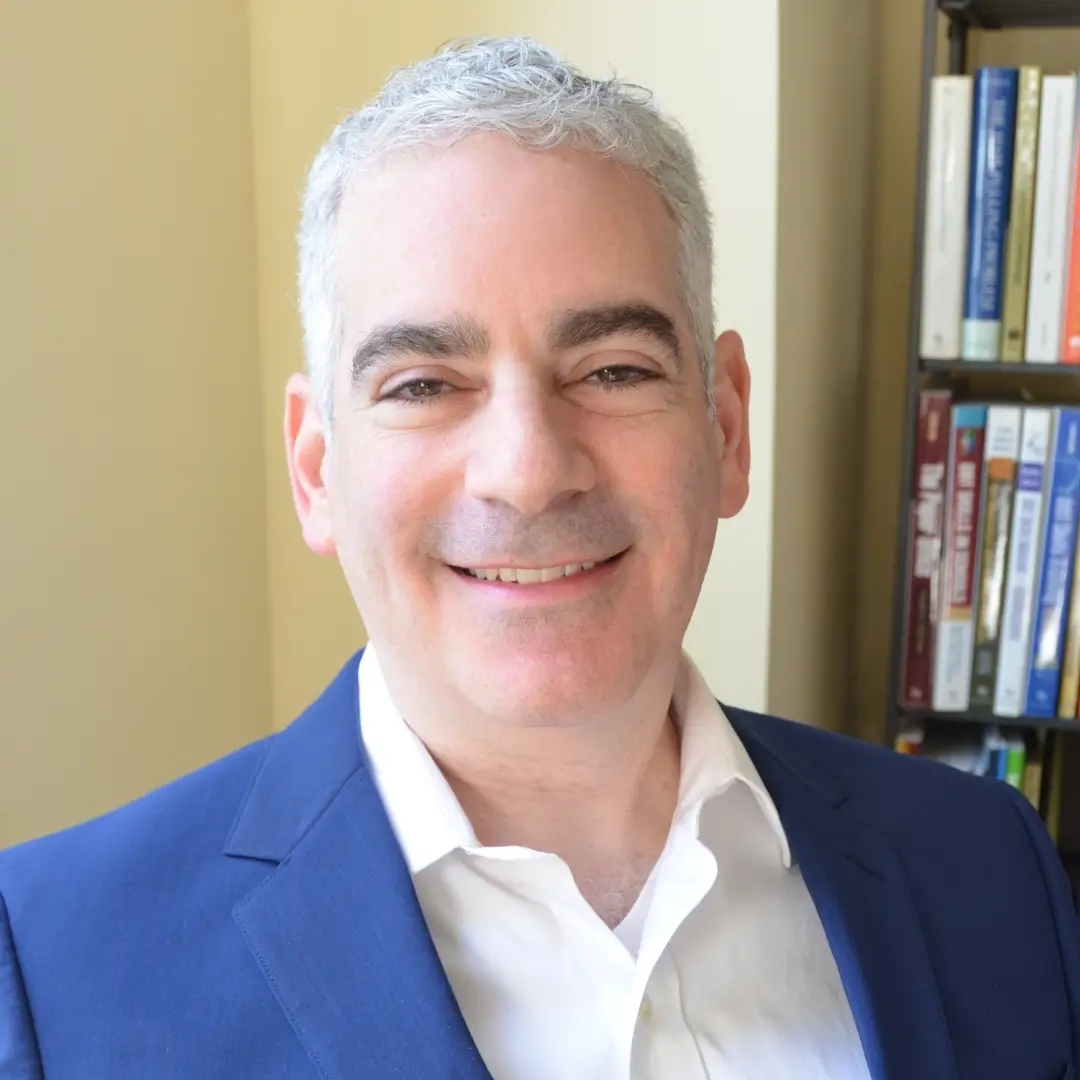Radical acceptance is a critical concept and skill as taught in DBT therapy. Read on to learn about how it can help you.
What Is Radical Acceptance?
Radical acceptance comes from Dialectic Behavior Therapy, a type of therapy that focuses on managing strong emotions and difficult relationships (Linehan, 2014). It is a skill that helps you tolerate distress. When you feel strong negative emotions, it is natural to reject or move away from your current experience because it feels too intense or too difficult to accept as reality. You can quickly become consumed by anger about the past, or sadness or regret about what has led to present circumstances.
What Does Radical Acceptance Mean in DBT?
Let’s break down Radical Acceptance. The word radical means completely or all the way, with every part of who you are. In DBT, acceptance means to let go of bitterness or rejection of the past or present. Together, radical acceptance means to fully embrace the challenging facts of your reality. It means to loosen your attachment to pain and struggle about the facts of the situation in a nonjudgmental way.
Radical acceptance does NOT mean to agree, to be positive or happy about, or to be OK with something happening. Radical acceptance is also not being passive or loving toward someone or something. It simply means fully and totally acknowledging the past and the present situation without judgment. Radical acceptance can be applied to everyday moments, as well as to significant events that seriously impact you.
Radical acceptance helps you accept the limitations, pain, and suffering that you are experiencing. You are letting go of resentment and judgment so that you can help yourself make reasonable changes and move forward. Radical acceptance can also help you build a life worth living, even during moments filled with misery, extreme sadness, or pain.
Why Does Radical Acceptance Matter?
Unfortunately, when you avoid or reject parts of your external reality, you do not change that reality. When you ignore your inner experience, you often amplify your thoughts and emotions and become attached to their meaning. This is an understandable reaction, but it makes it harder to know how to move forward.
If you want to change your reality, you can first accept the parts of it that are hard — even unbearable. When you radically accept, you recognize your thoughts and emotions without judgment. This allows you to take steps forward that you perhaps couldn’t before. This skill helps you stay in the present moment rather than fighting against strong or difficult feelings. Such feelings can take our minds into the past.
Benefits of Radical Acceptance as Taught in DBT
Practicing radical acceptance can help you reduce your emotional suffering. It helps you commit to turning toward the facts of reality rather than sitting in anguish because you cannot change it – unfair as that may be. It helps you adopt a mindset focused on what is in your power to change, rather than being stuck on the facts that are beyond your influence.
Radical acceptance helps you manage your emotions. How? It helps prevent even worse suffering by helping you be objective about reality — rather than being consumed by emotions. It also allows you to participate in your relationships in a more understanding and mindful way.
How to Incorporate Radical Acceptance into Daily Life
There are many ways you can incorporate radical acceptance into your daily life, both big and small.
- You can observe thoughts that question or reject reality (“Things shouldn’t be like this”). This insight can help us move toward a deeper understanding and acceptance of our struggle.
- You can remind yourself of the facts of the past that led to this moment (Check the facts!).
- Try to act opposite to the emotions you are feeling. If you did accept the facts, what would you be doing? Act in a way as if you did accept the present moment.
- Turning the mind
- Observe in your mind the thoughts that get in the way of radical acceptance.
- What are you noticing? Are there emotions, like anger or bitterness, or thoughts such as “Why me”?
- Take committed actions toward accepting the facts. Like a fork in the road, you can choose to reject or accept. Take the path that moves you closer to acceptance.
- Do this process (observe and make a commitment to accept) over and over, turning the mind toward acceptance.
- Make a plan for managing future events that might feel unacceptable. Rehearse in your mind how you could manage this situation if you practiced radical acceptance.
Case Study: Applying Radical Acceptance to a Difficult Situation
Kim was in an accident two years ago that left her unable to work. She loved working as a teacher and is devastated that her accident and the physical pain she experiences from it have taken that away. Before learning about Radical Acceptance, she experienced strong negative thoughts, such as “Why did this happen to me?” and “I shouldn’t have to experience this” that kept her in a spiral of depression.
She felt so stuck in the past that she was unable to think about what she wanted for her present and future. Kim would often find herself so angry about the accident that it flared up her pain and led her to lash out to her romantic partner.
As she began to try to use radical acceptance, Kim observed the thoughts and emotions (anger, deep sadness, frustration) that led her to reject the facts of the past. She acknowledged the facts of the past that led to her pain and the loss of her job, even though she was definitely not happy or OK with them.
She started to tell herself “The events in my life have brought me to this moment. I have control over only what I do in this current moment.” Instead of rejecting or resenting the past, she acknowledged that it happened and led to today. She began to explore new and creative ways to teach through social media. She started to create videos and web content that allowed her to connect to the part of her that loved to share knowledge.
Instead of holding onto resentment about the past, she acknowledged her limitations and found ways to live meaningfully with it. She also found that by letting go of some of the bitterness she had clung to, she took her frustration out on her partner less often.

Case Study: Applying Radical Acceptance to Everyday Moments
Jayson has a long drive home from work each day. He usually tries to leave right at 5pm to beat some of the traffic. Today, though, he had a busy day with new work responsibilities and left later than usual. He was astounded to see how long it would take him to drive home sitting in bumper-to-bumper traffic.
He noticed thoughts coming up like “Of course this would happen to me” and “Tomorrow is going to be ruined because I’ll be getting home so late.” He also noticed he was gripping the steering wheel tightly and started to honk at cars to move, though there was nowhere to go.
Reflecting on radical acceptance, he took a few deep breaths and thought of how he could turn this situation around. He reminded himself that this traffic is out of his control, despite it frustrating him and affecting his day. He made the choice to use his time in a way that could benefit him: calling an old friend to catch up. Although he still experienced some frustration about his drive home, he found his mood lighten as he listened to the latest updates from his friend’s life.
Barriers to Implementing Radical Acceptance from DBT
- You might not know how to begin thinking about radical acceptance in your own life. One place to start is to begin to notice the thoughts that go through your mind when you are feeling bitter or sad about the past. Mindfulness can help acknowledge the thoughts that are getting in the way of making a change.
- Fear of letting go of control. Some people might think that practicing radical acceptance means giving up control of the situation. In fact, radical acceptance allows you to regain control over your future, rather than trying to reject the past. This is because it helps you acknowledge the facts of the situation and helps you understand what can be in your control, what you can influence and change.
- Fear of invalidating your feelings. Radical acceptance does not mean accepting or agreeing with a situation. However, by allowing yourself to fully accept the current moment, you can nonjudgmentally acknowledge your experience and the emotions that come with it. Rather than avoiding the painful experience or minimizing its meaning, you provide yourself the path toward change by implementing radical acceptance.
- Strong emotions can get in the way of radical acceptance. The feeling of shame, sadness, anger, or rage might be so strong that taking steps towards radical acceptance feels impossible. Practicing other DBT skills (such as STOP, TIPP, ACCEPTS, self-soothe, and IMPROVE) can help you defuse emotions that feel so strong you cannot engage in other skills.
Using radical acceptance to cope with situations you don’t like can be challenging but extremely helpful. If you would like help in finding ways to better use radical acceptance in your life, consulting with a professional can be valuable.
Linehan, M. (2014). DBT Skills training manual. Guilford Publications.










